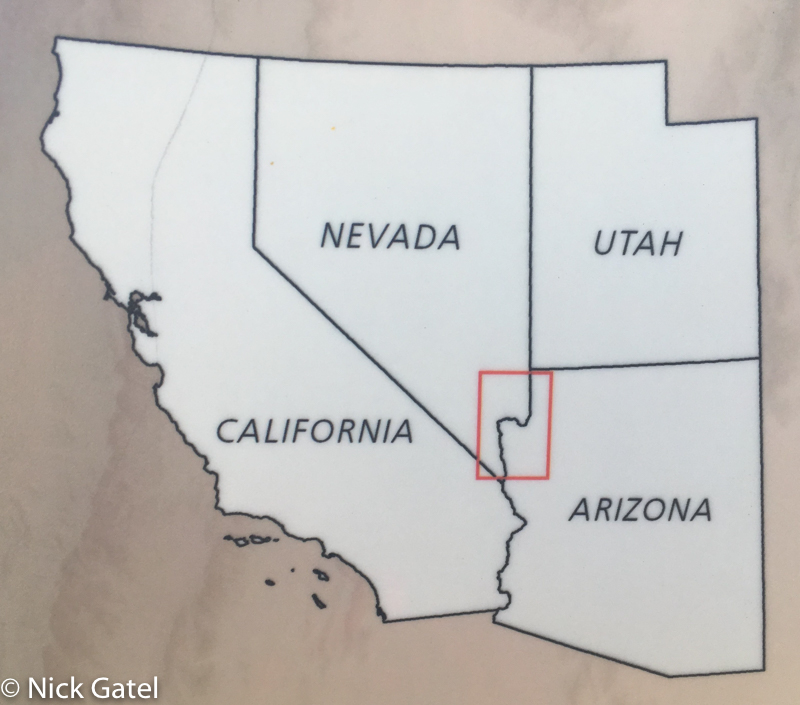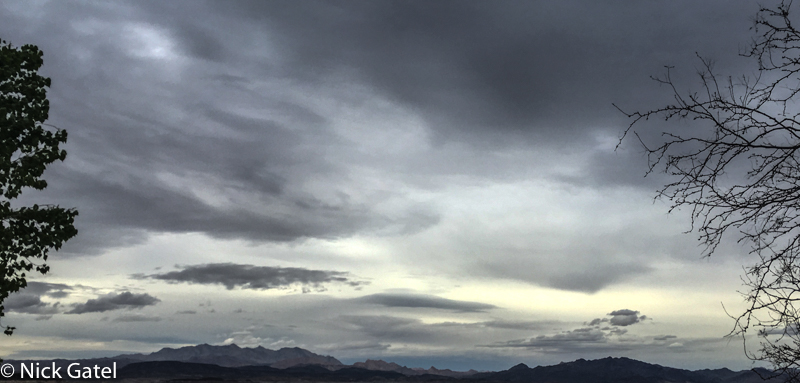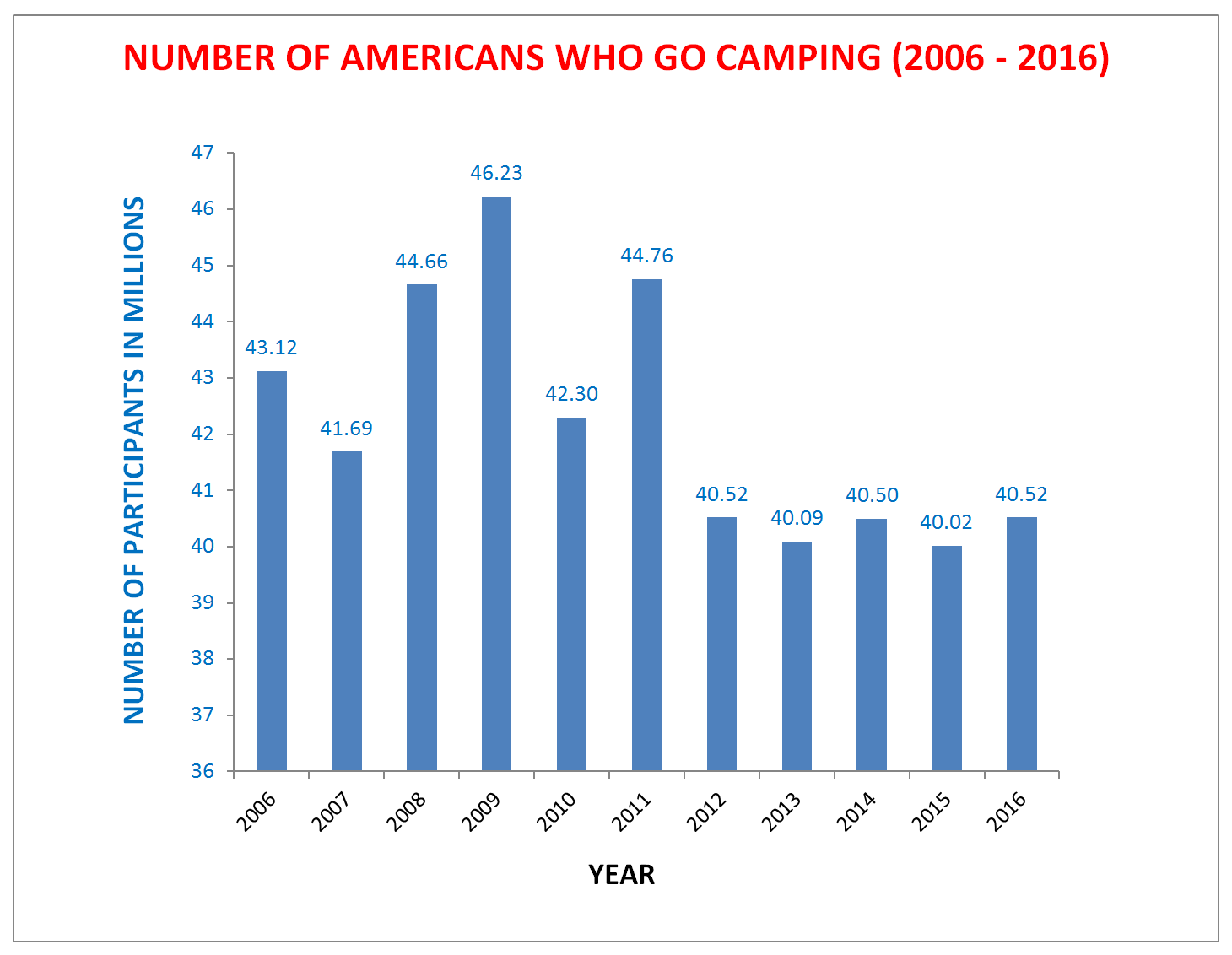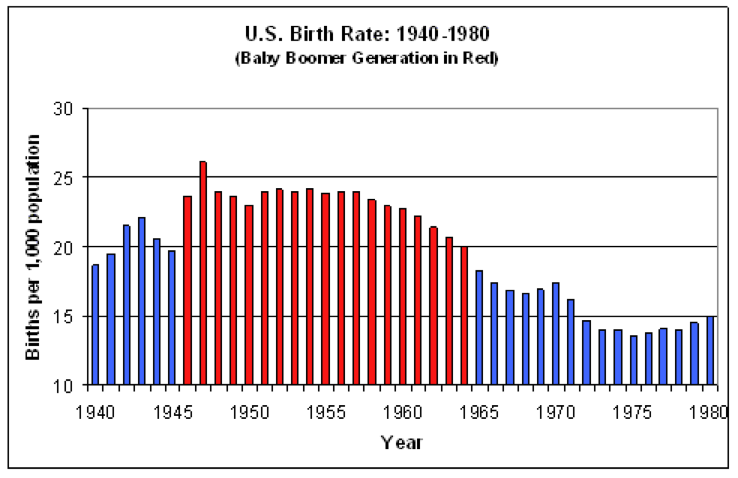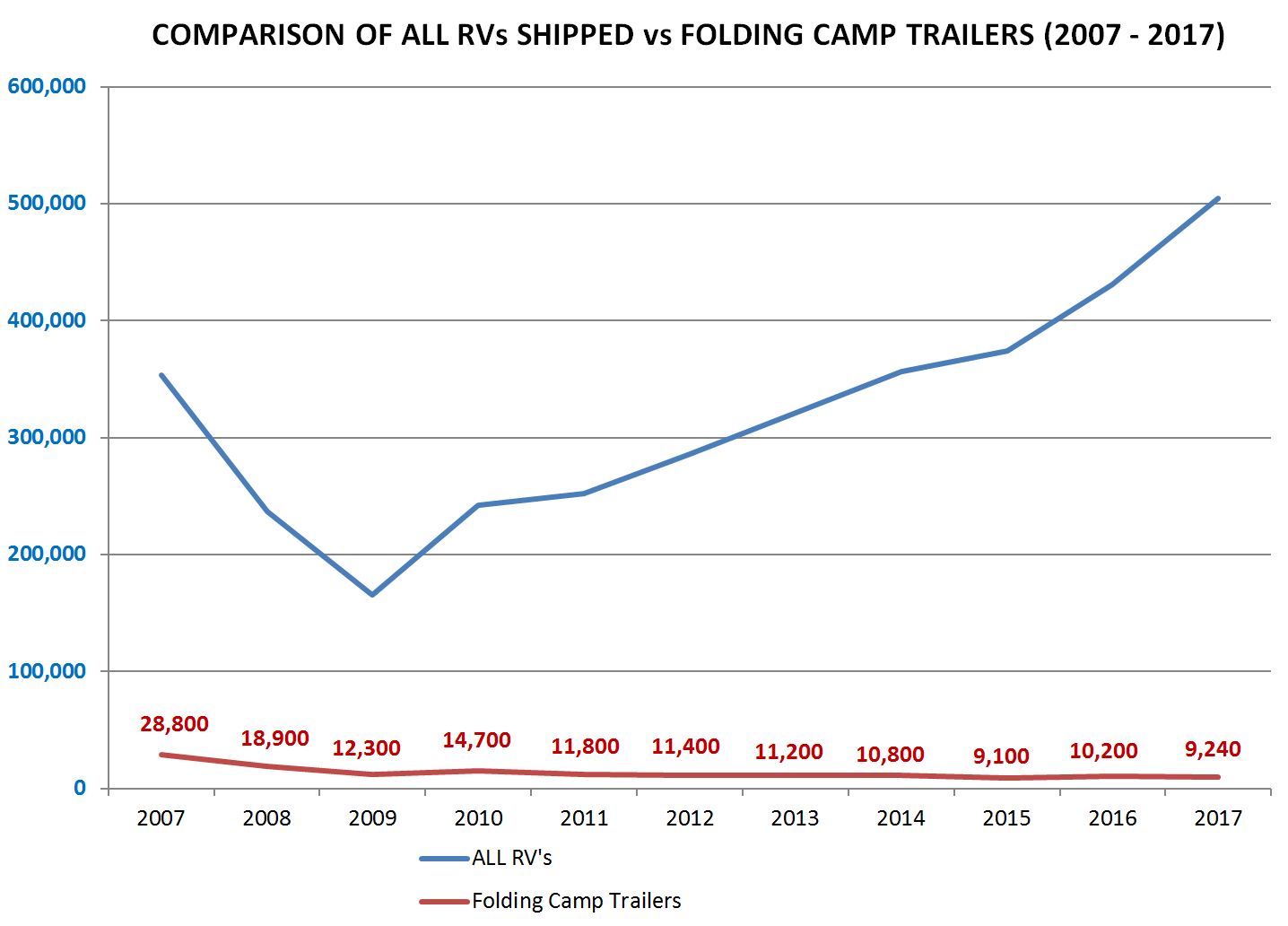We just got back from a two-week camping trip a few days ago and the changes are plainly visible for Joyce and me – we are frequent campers. No, this isn’t a post about climate change. Over the past four years I have seen dramatic changes in the use of the campgrounds we frequent. Keep in mind that this is an unscientific perspective from my little corner of the world where people can and do camp all 12 months of the year.
There are very few people who have spent as much time as me camping in Joshua Tree National Park over the past 40+ years. What I have witnessed there is similar to other camping spots out here in the West.
Nowadays, most days in the spring and fall see the campgrounds at Joshua Tree NP full. Four years ago, when demand for campsites really started to take off (versus the much lower demand from 2003 – 2014), I would simply arrive in Joshua Tree NP mid-week and easily find a spot in several of our favorite campgrounds. Most of this year has been different. I am finding that campgrounds are often already full mid-week. Not a problem, there are other places we can go that we enjoy just as much; only they are a little further from home. Again, not a problem – I’m retired and have an incredibly flexible schedule – actually I don’t really have schedules, because I get to use every day as I please. I’m not upset that many of my favorite spots are increasingly popular. It is a good thing when people spend time outdoors.
For the past 15+ years Joshua Tree NP has always been full (and rowdy) during spring break, so every year we head out to Lake Mead National Recreation Area to camp instead. There are tons of places to camp – both dispersed sites and developed campsites (water & restrooms available). Check out the Lake Mead NRA map below to get a feel for how large this area is!
About ten days before Easter we headed to a Lake Mead campground that always has plenty of room with 146 campsites.
We arrived on a dark, cold, and windy afternoon. But hey — it’s the desert! Within a couple days temperatures climbed into the low 80s (F) and we enjoyed balmy evenings — that’s our trip report 🙂
We have stayed over 500 nights in this particular campground over the past 15 years and usually it is only around 60% full during spring break, but the past four years the number of campers has been increasing. Surprisingly, since I had never see it full during spring break, the campground was completely full mid-week preceding Easter.
At first glance, on would just assume the increase in demand is driven by more people camping. I don’t think this is the case. Take a look at this chart:
The number of Americans who went camping peaked during the “Great Recession,” declined in 2012, and has held steady since then at around 40 million. So if there aren’t more people camping and campgrounds have more people than ever, then one of two things are happening; (1) more people are driving out West to camp or (2) people are staying in campgrounds longer. In talking to many campers, I think it is a combination of 1 and 2. We are seeing more and more campers from such exotic places as Alaska, British Columbia, Ontario, Saskatchewan, North and South Dakota, Idaho, Montana, Illinois, Indiana, Pennsylvania… I think you get the picture. And many are staying in a single campsite for long periods of time; one to four weeks, and then moving to another campground.
Just to clarify, when we camp in a campground it is usually a USFS or National Park campground. County and state parks less, and almost never in a private campground.
Baby Boomers
Who are these people? Over the past four years, more and more of our camping neighbors are retired couples. No kids with them. They’re the Baby Boomers who are now starting to retire in large numbers and can afford a nice camper and can afford to spend time traveling and camping.
I was born in 1950 and retired at the age of 65, so you can see there will be many more Baby Boomers retiring in the next 10 years or so, and it is likely our campgrounds will become even more crowded as the Boomers enjoy retirement.
This isn’t a complaint. I like camping with old people as neighbors. They are quiet and courteous. It is a much better experience than “partying” young adults and screaming kids. Yes, I have noticed fewer young people camping and even fewer families. This, I believe, is the changing demographic.
What Kind of RVs do the Baby Boomers Have?
This is an interesting study I did. In 1992 I bought a tent trailer, which the RV Industry classifies as a “folding camp trailer.” In the ‘90s these folding trailers were very popular for families with children and a very common sight in the campgrounds we stayed at.
Sales of folding camp trailers peaked in 1998 with 63,105 shipped from manufacturers, which represented 21.5% of all recreational vehicles. By 2007 the number of folding camp trailers shipped had dropped to 28,800 and has been declining ever since. In 2017 only 9,214 folding camp trailers were sold, which is just 2.1% of all campers sold!
I won’t try to explain all the reasons for the decline of tent trailers; only to say the segment has all but disappeared.
Also note that while the number of Americans that camped peaked during the “Great Recession,” RV sales tanked during the same period. We can probably assume that with an economy in turmoil, more Americans went camping because it was an inexpensive vacation or leisure time activity.
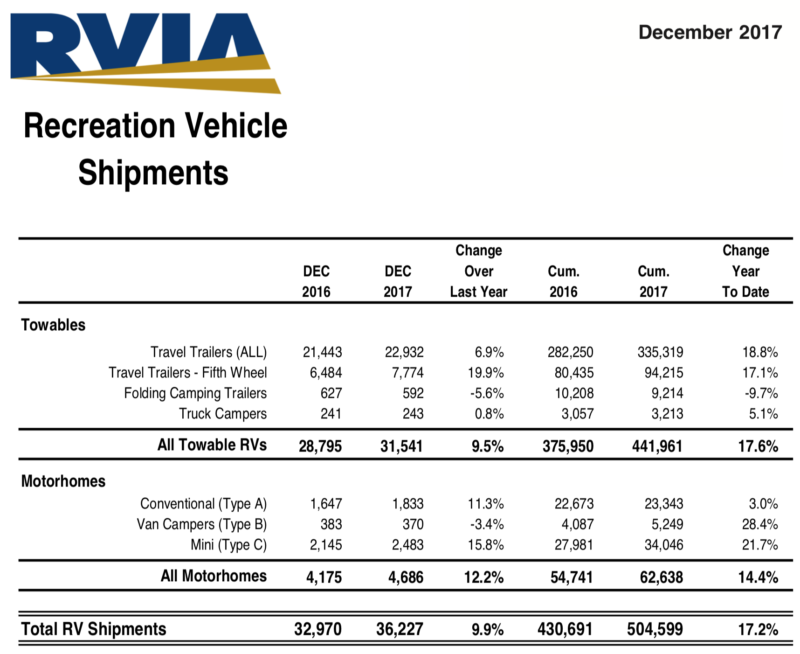
In 2017 towable travel trailer deliveries represented 66% of the RV market, and one would expect to see more travel trailers than any other kind of RV in campgrounds. This hasn’t been my observation. Although travel trailers outsell 5th Wheels by more than 3:1, I see many more 5th Wheels than any other kind. Plus, I see an even mix of motor homes and travel trailers.
So how do we explain this? Conjecture and unscientific observation on my part might shed some light… but keep in mind that I live in the land of sunshine and almost unlimited camping opportunities.
During my two weeks of camping over spring break I (sort of) paid attention to the mix of campers. Each day campers would leave, and new campers would arrive. Lots of tent campers… probably 25% of the campground. But as RV’s left, it was usually a 5th Wheel that would take its place. Contrary to RV sales, I would guesstimate that 5th Wheels outnumbered travel trailers 3:1, and I saw about the same number of motor homes and travel trailers. In two weeks I probably saw more than 300 RVs of different types. In two weeks I saw 3 tent trailers and one A-frame folding trailers. Most of the travel trailers arrived on Friday nights and left on Sunday – weekend campers.
Why more 5th Wheels? First of all, if I can generalize, a 5th Wheel requires a medium or heavy duty truck to tow it. Unlike a lot of people, like me, many people who own a travel trailer can tow it with the family vehicle they already own – light duty pick-up truck, SUV, crossover vehicle, van, etc. The average 5th Wheel costs double the average travel trailer; add the cost of a medium or heavy duty truck and you have an initial investment usually well over $100,000. For many 5th Wheel owners the large investment is a commitment to use their combo frequently. Each year I see more and more Baby Boomers who live full time in their campers moving from campground to campground throughout the year. I also see more and more people, like us, who are spending 3 – 6 months per year camping. Below is a representative mix of campers on our last trip.
Click on any picture to see the photo gallery.

